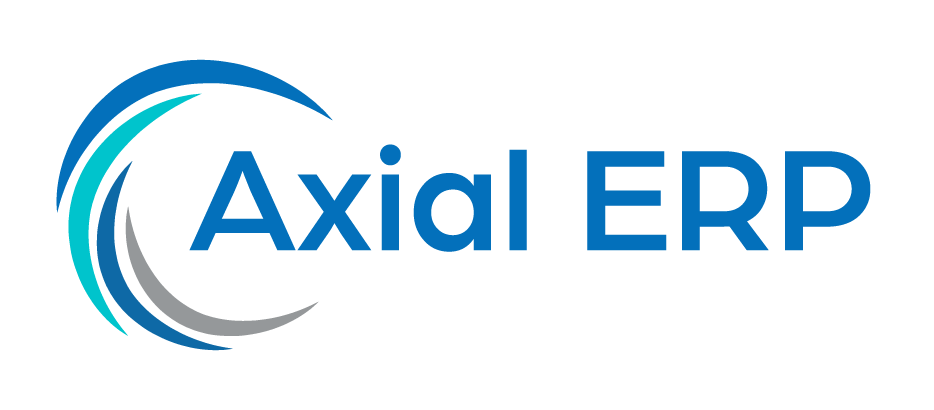Enabling Advanced Product Configuration with ERP Solutions
In today’s digital era, companies are constantly seeking ways to improve their processes and increase efficiency. One area where technological innovation has had a significant impact is in the configuration of advanced products within enterprise resource planning (ERP) solutions. The integration of advanced configuration tools in ERP systems allows companies to customize products according to the specific needs of their customers, thus optimizing the production process and improving the customer experience.
What is Advanced Product Configuration?
Advanced product configuration is a process that allows users to customize complex products through a series of defined options and features. This is especially relevant in industries where products require high customization, such as automotive, electronics, and made-to-order manufacturing. Advanced configuration helps companies manage product complexity and ensure that customer specifications are met precisely.
The Importance of ERP Solutions in Product Configuration
ERP solutions are software systems that integrate and manage many of the business processes necessary to operate a company, such as accounting, human resources, supply chain management, and more. By incorporating advanced product configuration capabilities, ERP solutions enable companies to automate and optimize these processes, resulting in more efficient production and greater customer satisfaction.
Key Features of Configuration Tools in ERP
- Intuitive User Interface: Allows users to create product configurations without the need for advanced technical knowledge.
- Configurable Business Rules: Helps ensure that product configurations are viable and cost-effective for the company.
- Integration with Other ERP Modules: Ensures that product information flows seamlessly across different departments.
- Real-Time Cost Analysis: Provides an instant estimate of the production cost of customized product configurations.
- Documentation Management: Automates the creation of technical and commercial documents necessary for the production and sale of configured products.
Benefits of Advanced Product Configuration in ERP
- Customer-Level Customization: Offers the ability to meet specific customer demands, which can result in a competitive advantage.
- Error Reduction: Minimizes errors in production by ensuring that product configurations are accurate and technically feasible.
- Production Optimization: Improves production efficiency by automating processes and reducing product configuration time.
- Improved Inventory Management: Enables better planning and inventory management by anticipating component needs for customized products.
- Increased Customer Satisfaction: By offering products that exactly meet their expectations, customer experience and brand loyalty are improved.
Implementing Advanced Configuration in ERP
Implementing advanced configuration tools in an ERP system requires careful planning and a clear understanding of the company’s products and processes. It is crucial to choose an ERP solution that fits the specific needs of the business and has the flexibility to grow and change with the company.
In addition, staff training is crucial to ensure that end-users can make the most of the system’s configuration capabilities. Collaboration between IT, sales, and production departments is also essential for successful integration.
Challenges and Considerations
Although the advantages of integrating advanced product configuration into ERP solutions are clear, there are also challenges that need to be considered:
- Technical Complexity: Advanced product configuration can be technically complex and require specialized personnel for implementation and maintenance.
- Initial Costs: The initial investment in software and training can be significant, although it is often justified by long-term returns.
- Resistance to Change: Employees may resist changing processes and systems they are familiar with.
- Updates and Maintenance: Keeping the ERP system up to date with the latest configuration functionalities may require ongoing effort and resources.
Conclusions
Enabling advanced product configuration within ERP solutions is an important step for companies looking to offer greater customization and improve their production processes. With proper implementation, configuration tools can provide significant benefits, including increased operational efficiency and improved customer satisfaction.
It is important for companies to carefully evaluate their needs and consider potential challenges before embarking on the integration of these solutions. With the right strategy and commitment to continuous improvement, advanced product configuration can be a key differentiator in today’s competitive market.



